Introduction
Studio-In-a-Box system (STUBS) is revolutionary. We usually write software when we build computing systems. However, in STUBS most everything is written as knowledge expressed in English. In other words, instead of writing software to define HOW work is done, English is used to describe WHAT is to be done. Because of this, there is divergence between classical project planning for traditional software development versus the project planning for the STUBS knowledge-based system.
Architecture Design
The STUBS architecture consists of a collection of interacting artificial intelligence agents and worker AIs, each implementing a discipline in filmmaking. Artificial intelligence (AI) agents are autonomous software entities designed to perceive their environment, make decisions, and take actions to achieve specific goals. In the context of software development, AI agents can be integrated to enhance functionality, automate tasks, and improve user experience. These agents utilize machine learning algorithms, natural language processing, and other AI techniques to adapt and respond to various inputs and scenarios. Implementing AI agents in a software project requires careful planning, including defining agent roles, selecting appropriate AI models, and establishing integration points within the existing system architecture.
An overarching AI agent, the director superagent, is responsible for coordinating the other AI agents. A superagent is an advanced artificial intelligence system designed to oversee and coordinate multiple subordinate AI agents. This superintelligent entity acts as a central hub, processing information from various specialized AIs and making high-level decisions to optimize their collective performance. The superagent’s superior cognitive abilities allow it to understand complex interdependencies, predict outcomes, and strategically deploy its AI workforce to tackle intricate problems across diverse domains. By efficiently managing and directing the efforts of numerous AI agents, the superagent can potentially solve challenges beyond the scope of any single artificial intelligence.
Each AI agent is defined by a corpus. J4 uses unstructured, text-based knowledge corpora for its artificial intelligence agents due to J4’s proprietary Stochastic Learning and advances in Large Language Models (LLMs). The knowledge in these corpora are used for information transformations between the AI agents which are transmitted via text and consumed as prompts. At the edge of the AI agents are the worker AIs. These AIs are responsible for generating and merging content to generate the film. STUBS maintains libraries of worker AIs for each type of content that can be generated, with worker-specific knowledge required for its use. The information transmitted between the agents can be overridden with specific instructions from the user.
Database Design
Database design involves creating a structured and efficient system for storing, organizing, and retrieving data. It requires a thorough understanding of the application’s requirements, data relationships, and future scalability needs. Effective database design usually involves identifying entities, attributes, and relationships, normalizing the data to minimize redundancy and inconsistencies, and defining appropriate data types and constraints. By carefully designing the database schema, developers can ensure data integrity, optimize query performance, and facilitate maintainability and extensibility of the application. Proper database design is useful for robust, reliable, and scalable software systems that can handle complex data management tasks.
STUBS atypical architecture means that its data is unstructured text containing knowledge corpora for the AI agents which limits the need for databases.
User Experience and User Interface
User eXperience (UX) is for creating intuitive, efficient, and enjoyable interactions between users and software applications. UX designers work with the development team to understand user needs, preferences, and behaviors, and then translate those insights into user-friendly interfaces and seamless user flows. By prioritizing usability, accessibility, and user satisfaction throughout the development process, software companies can create products that not only meet functional requirements but also foster user engagement, loyalty, and positive brand perception. Good UX leads to higher user adoption rates, reduced customer support costs, and increased customer satisfaction, making it a differentiator in the software market.
User Interface (UI) design impacts the user experience and usability of the application. A well- designed UI should be intuitive, visually appealing, and easy to navigate, allowing users to accomplish their tasks efficiently and effectively. Factors such as layout, color scheme, typography, and interactive elements are considered to create an engaging user experience. By prioritizing user-centered design principles and if appropriate, conducting user testing, the software development team can ensure that the applications has interfaces that are aesthetically pleasing and functional.
STUBS largely relies on other UX designs by incorporation, such as a non-linear editor, for its user interface and user experience. Additional webpages, such as for storyboards, rely on WEB
2.0 and HTML 5.0 integrations.
Integration and API Design
Integration and API design can be important aspects of modern software development. Integration refers to the process of connecting different software systems, applications, and components to work together seamlessly. Application Programming Interfaces (APIs), are how these integrations are achieved. Well-designed APIs provide a clear, consistent, and secure way for different software elements to communicate and exchange data. They define the rules, protocols, and tools that developers use to build and integrate software components. Effective API design involves considering factors such as scalability, performance, security, and ease of use. Using APIs, developers can create modular, reusable, and interoperable software systems that can adapt to changing requirements and integrate with a wide range of technologies.
STUBS is a closed system and does not provide integration or API capabilities.
